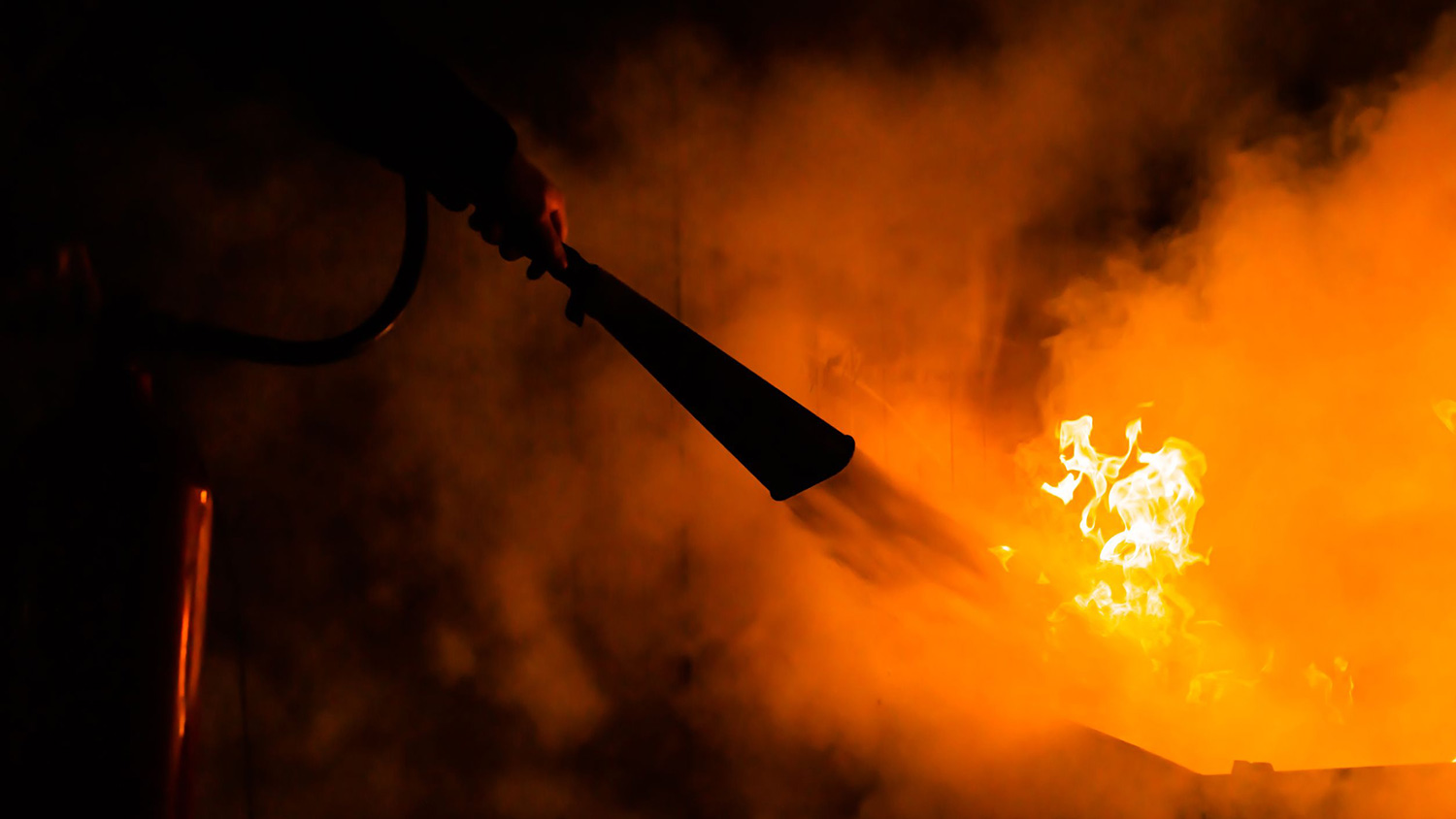What is a dynamic risk assessment?
The risk assessment process is well-known in the health and safety industry.
As a method for keeping employees and members of the public safe and controlling risk, it works very well to focus the minds of all concerned on what the dangers involved in a task might be and how they can be reduced, as far as reasonably practicable. Failing to carry one out will leave the employer open to legal action.
Normally, a “suitable and sufficient” risk assessment is carried out before the activity to which it relates begins. However, for industries and employers whose activity involves a fast-moving environment where things change rapidly and decisions need to be taken on the spot, a formal risk assessment with all the work involved, may take too long. In this situation, the dynamic risk assessment comes into its own. In this briefing, law firm rradar explains its purpose.
What defines a dynamic risk assessment?
Standard risk assessments take place on a regular basis – either quarterly, annually or whatever interval is felt best by the business. They tend to look at risks that are foreseeable, and this is, by implication, informed by previous experience. This means that the unexpected and unforeseen won’t be picked up, leaving gaps in the overall safety provision.
Unlike a standard risk assessment, which can be carried out at a slower pace, with time to consult, gather evidence and make a considered judgement, a dynamic risk assessment will operate in real time.
If employees arrive on site, they may find that the standard risk assessment has addressed many but not all the safety factors present, some of which might not have been known about.
Similarly, once a work process begins, new information may be uncovered which will affect what the standard risk assessment has set out. This will require decisions to be made and alterations to the assessment, with workers identifying, assessing and controlling workplace hazards as they happen.
This means the dynamic risk assessment will be carried out during the work activity to which they relate, and while a hazardous situation is ongoing.
It will likely take place many times during the lifetime of a project or job, as the situation demands.
Why is a dynamic risk assessment needed?
If work activities are taking place in an environment that’s subject to rapid change, this means that a risk assessment compiled before the job started can become obsolete very quickly. If there is no means of reacting to changed circumstances, this could lead to damage to property, equipment, injuries or even fatalities.
Not all workplaces will need a dynamic risk assessment, but the circumstances of the job or the environment in which it takes place may well require it. Those circumstances will include the type of work – for example, lone working – inherent hazards, the equipment and substances being used and the environment itself – whether it’s an enclosed space, at height, accessible to emergency services or isolated geographically. When the work environment is constantly changing, dynamic risk assessments may have to be carried out several times during the same day.
To sum up, a dynamic risk assessment needs to be carried out whenever there’s the potential for a hazardous situation to happen.
Who might need to carry out a dynamic risk assessment?
As mentioned above, some jobs will need dynamic risk assessments more than others; people who will need to use them will likely include:
- Hospital staff.
- Paramedics.
- Police officers.
- Care workers.
- Tradespeople.
- Retail staff.
- Security staff.
- Delivery drivers.
- Construction workers.
- Engineers.
Carrying out a dynamic risk assessment
Much as with the standard risk assessment, a dynamic risk assessment will involve distinct steps, each of which follows on from the preceding one, although they will differ in as much as they have to address a different form of risk. You will find various forms of dynamic risk assessment, depending on the source. However, most will include:
Step 1: An evaluation of the immediate environment, the situation and the task at hand to identify any potential risks or hazards.
Step 2: Consider who may be harmed or what may be damaged.
Step 3: Assess and evaluate the risks, their severity and likelihood.
Step 4: Decide whether the risk is proportional to the benefits.
Step 5: Take action to eliminate or mitigate the risk – this could include a safe system of work or other safety mechanisms, PPE, etc.
Step 6: Proceeding with work or delaying the work until additional safety measures can be introduced and a safe system of work is possible.
Training requirements
The person carrying out a dynamic risk assessment depends on the situation and who’s actually present at the time. This could be a supervisor, a manager or the firm’s safety officer (if they have one). Since there’s no way of predicting who’s going to be faced with the task of doing the dynamic risk assessment, this is a good argument for extending training in the DRA to all workers who might conceivably be in that position, so threats can be recognised, their implications understood, and decisions made to maximise safety at all stages of the process.
What the law says
While the dynamic risk assessment is a valuable tool when the circumstances require, it can’t be used as a substitute for a standard risk assessment. These are required by law and there is a set format for putting them into practice.
Regulation 3 of the Management of Health and Safety at Work Regulations 1999(MHSWR) says:
(1) Every employer shall make a suitable and sufficient assessment of—
(a)the risks to the health and safety of his employees to which they are exposed whilst they are at work; and
(b)the risks to the health and safety of persons not in his employment arising out of or in connection with the conduct by him of his undertaking.
Stay ahead with dynamic risk assessments
A risk assessment is a careful examination of what, in your work, could cause harm to people (staff, contractors or third parties). It enables you then to weigh up whether you have taken enough precautions or should do more to prevent harm.
A method statement then takes account of risks identified by the risk assessment and communicates the safe system of work to those carrying it out. It describes in a logical sequence exactly how a job is to be carried out in a safe manner, as required by the risk assessment.
Risk assessment is the methodology that underpins all decisions about health and safety. The governing legislation is the Management of Health and Safety at Work Regulations 1999, which require all employers to carry out an assessment of risk by a competent person.
International Workplace's Risk Assessment and Method Statement (RAMS) course examines what is meant by risk assessment, the basic principles of risk assessment, and the HSE’s recognised five-step approach to successful risk assessment as part of an overall safe system of work.
This course is suitable for individuals who are responsible for writing and reviewing risk assessments and method statements, and for managing contractors who undertake practical tasks in the workplace. Find out more here.
SOURCES:
You might also be interested in
RELATED CONTENT
RELATED COURSES

The Risk Assessment and Method Statement (RAMS) course examines the HSE’s recognised five-step approach to risk assessment.

The world’s best-known health and safety certificate, designed for managers and supervisors in any sector or organisation.

IOSH Working Safely is a one-day introductory health and safety training course for people at any level, in any sector.

Introduction to health and safety gives learners a basic introduction to managing safety in their workplace.

We all make assessments many times each day about the potential consequences that may arise from our actions.

Risk assessments carried out by the Manchester Arena operators prior to the Ariane Grande concert in 2017 were nothing more than “box ticking", an inq...

Risk assessments are often the first thing to be reviewed in the event of an accident. Claire Deacon PhD, Health and Safety Trainer with International...

Responsibility for fire risk assessment in the workplace is changing in line with new legislation. In this briefing, John Davidson of security and fir...